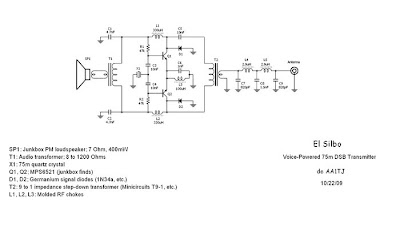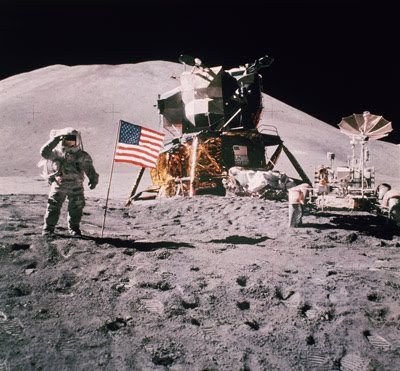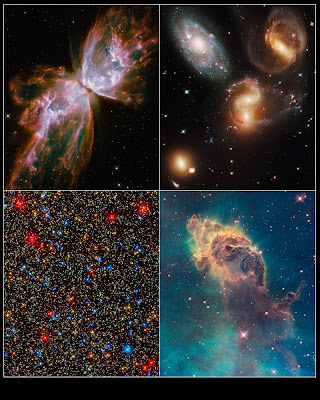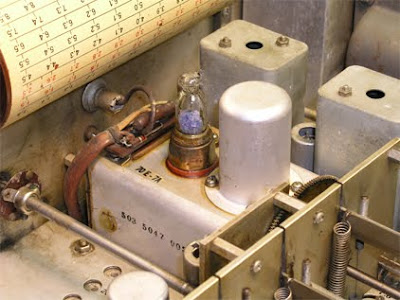Sir Douglas Hall, 14th Bt, who has died aged 95, ended a full career in the Colonial Service as the last Governor of the Somaliland Protectorate; previously, he had for almost 30 years served in Northern Rhodesia (now Zambia).
Hall's governorship of Somaliland was short. He was appointed with effect from July 11 1959; less than a year later, he and his wife flew out of the territory a few hours prior to the ceremony, on June 26 1960, that concluded the transfer of power to the new self-governing authority.
The time-scale had been set by the approaching end, after a 10-year period, of the Italian stewardship of the UN Trusteeship of Somalia to the south. If the Somalis of the Protectorate were to unite with their neighbours at the time of the independence of Somalia on July 1, the June 26 date had to be met.
Yet there was nothing over-hasty about Hall's management of the transition. Iain Macleod, then Secretary of State for the Colonies, wrote to him afterwards praising his "speedy command of the confidence of the people enabling the final transfer of power to take place so smoothly and yet so rapidly".
It was not only a grateful Colonial Secretary who voiced his appreciation. Mohamed Ibrahim Egal, the new country's first prime minister, wrote to Hall more than 30 years later recalling "the quiet, always helpful counsel you gave me at that momentous turning point in Somaliland's destiny".
Douglas Basil Hall was born on February 1 1909 (his eldest brother's 11th birthday), the third son of Captain Lionel Hall, an officer in the 4th South Staffordshire Regiment. The baronetcy, of Nova Scotia, was created for John Hall, of Dunglass, in 1687.
From Radley, Douglas Hall went up to Keble College, Oxford, and then in 1930 joined the Colonial Administrative Service. He soon found himself one of 12 cadets - "all bursting with energy," he remembered - bound for Northern Rhodesia, which until 1924 had been administered by the British South Africa Company. The group of cadets - including "three Varsity Blues, two oarsmen, one amateur pilot, one hunter, and a wireless enthusiast [Hall] who later developed into an expert in that field" - made the long sea voyage to Cape Town, and then the rail journey up to Livingstone on the Zambezi.
In those days, there were still people living in the territory who had actually known David Livingstone. In other ways, too, it was a world away from today: one of Hall's colleagues, for instance, had a private income sufficiently large for him never to bother about cashing his pay cheques.
Hall became a District Officer in 1932, and for the next 18 years worked sure-footedly within that colonial administrative culture that sought to balance a maximum of respect for local custom and practice - and, indeed, structures of power - with British notions of justice and development.
He proved as adept in remote bush stations as in such urban postings as Kitwe, where the development of the copper mines was bringing with it new forms of labour relations and new challenges in maintaining the trust of the local people. Here Hall won an early reputation for skilful diplomacy.
It was, though, life in the bush that he enjoyed the most, in particular going on tour. A District Officer was expected to maintain personal contact with the peoples of his district and this meant getting out, often on foot and for long periods of time, to tour the villages and settlements. Whenever possible, Hall was accompanied by his wife Rachel, who joined him in Africa in 1933, and by their young children. From time to time, the family also stayed with the Gore Brownes, whose house, Shiwa Ngandu, has since been immortalised in Christina Lamb's book Africa House.
Colleagues viewed Hall as a commanding figure, fair, respected and likeable. In his book African Sunset, Robin Short wrote that Hall "was the ideal to all of us of what a District Officer should be. In appearance distinguished, his manner was exactly the same to junior clerks as to senior officers, always equable and courteous. Always he seemed in complete control of every aspect of the work, of every corner of the Province."
Hall was promoted Senior District Officer in 1950, and in 1952 became the first Officer-in-Charge of the North-Western Province, which had been created in consequence of a report that Hall himself had produced. He was promoted Provincial Commissioner in 1953 and Administrative Secretary in 1954.
He was then Secretary for Native Affairs to the Government of Northern Rhodesia from 1956 to 1959 (Acting Secretary, 1958), working in the central administration in Lusaka. He proved an able speaker in the Legislative Council and later an important contributor within the Executive Council.
Although only 50, Hall was on the point of retirement when he was invited to go to Somaliland. He accepted - having (with some pride) wrung an exceptional agreement from the Colonial Office that he could draw his pension while earning his governor's salary, provided he did not build up a second pension.
Professing neither modernism nor tradition, Hall always did what he believed appropriate for the time, the place and the people. When it became difficult for the Somaliland Scouts to provide him with an ADC for all occasions, he appointed his personal assistant, now Betty Thom, to the role. A woman ADC without military rank was a rarity in those days, though as far as Hall was concerned he was simply making sensible use of a capable person.
On leaving Somaliland, Hall was still only 51. But he and his wife decided to settle at Ringmore, in Devon. He became a magistrate and then chairman of the Kingsbridge bench, and was a member of the Devon and Cornwall Police Authority from 1971 to 1979. He also took the opportunity to spend much more time on an interest that had begun when he was a schoolboy of 15: the design and making of wirelesses.
The design principle of these was of great interest to other enthusiasts. More than 100 articles, with circuit diagrams, construction advice and commentary on the electronic design principle, were published in the magazines Radio Constructor and Radio Bygones between 1964 and 1999. There is now a website called "The Ingenious Circuits of Sir Douglas Hall".
He could as easily have occupied himself re-designing cars, for which his enthusiasm was almost as great. He was life president of the Trojan Club, and for years a familiar figure driving around Devon in his open-top 1937 Bentley.
He was appointed CMG in 1958, and KCMG in 1959. He succeeded his brother in the baronetcy in 1978.
He married, in 1933, Rachel Marion Gartside-Tippinge, who died in 1990. Latterly, Hall, who died on April 8, moved to live near a daughter in Derbyshire. He is survived by a son - John Hall, who was born in 1945 and succeeds in the baronetcy - and two daughters; another son died in infancy.


























































